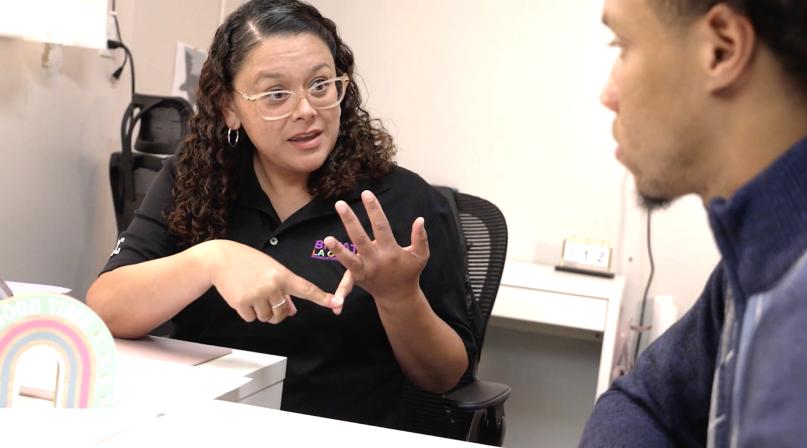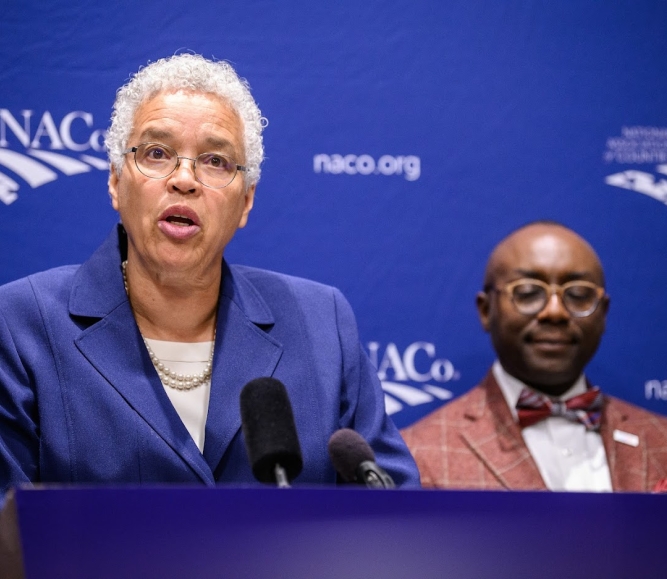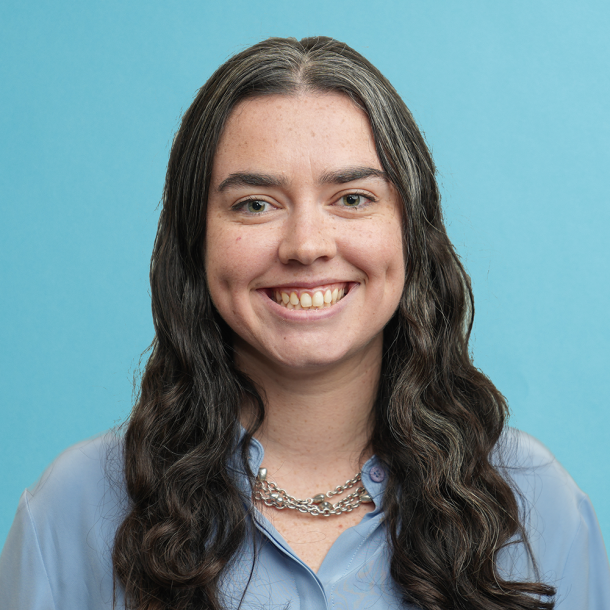County program helps boost foster youth into adulthood

Key Takeaways
A Los Angeles County guaranteed income program, dubbed “BREATHE,” is helping set up low-income residents — including more than 2,000 foster youth aging out of care — for success by providing them with monthly payments, no strings attached.
Los Angeles County launched the initiative in 2022, providing $1,000 each month over a three-year period to 1,000 participants who were randomly selected from a pool of applicants. A year later, 200 former foster youth were added to the guaranteed income project, and in 2024, the Los Angeles County Board of Supervisors expanded the initiative to more than 2,000 foster youth between the ages of 18 and 21, providing $500 monthly or $1,500 in quarterly payments.
Elijah, a former foster youth enrolled in BREATHE, is using his payments to help support himself while he pursues a master’s in business administration with a focus in marketing, according to a testimony published on Los Angeles County’s website.
“When you’re a foster child, you’re moving home to home, and in the back of your head, you’re always like, ‘Maybe this house isn’t gonna work, maybe this foster parent won’t work,’” he said. “We’re always thinking like that, and that’s how I was thinking when I applied. ‘Maybe I won’t get it, maybe I won’t get it.’ So, when I got the call, it was just a big relief, like a big exhale.”
To be eligible for the program’s extension for former foster youth, participants must have been in foster care on or after their 18th birthday (therefore, aging out of the system), not be currently enrolled in another guaranteed income project, qualify as low-income and live in a neighborhood that falls at or below 100% of the county’s Area Median Household Income.
“When we’re in the foster care system, when we’re aging out, we’re dealing with a lot of PTSD, a lot of trauma that we may not know how to deal with,” Elijah said. “We’re dealing with it in our own way. So, for years, it was like, ‘Dang, what am I gonna do next?’”
BREATHE is funded through Los Angeles County and administered through Strength Based Community Change (SBCC). The nonprofit creates social support networks to build self-sufficiency, so that participants can remain stable and successful after the payments end.
Former foster youth “deserve a chance to be able to say ‘I did it. I made it. I’m now thriving,’” said Karina Reyes, an SBCC economic development coach, in her testimony. “They’ve been stuck in survival mode for so long — they deserve that moment to shine.”
The steady funding has helped Elijah launch a media entertainment company and clothing brand.
“This isn’t about not working,” Los Angeles County Supervisor Holly Mitchell said in a video posted to her X account. “This is about helping you by stabilizing your income, and to give you the space and room to breathe, to prepare yourself for a more economically stable future.”
Some of the ways BREATHE participants have used their funding include securing housing, helping pay for their education and buying groceries.
When Jacqueline applied to the BREATHE program, she and her 10-year-old daughter were sleeping in her car.
“We weren’t living anymore, we were just trying to survive,” she said in her testimony. “When I got that call, it was literally a month after I became homeless, and we were already in the streets. It gave me hope and it just gave me something to look forward to.”
Having structured meetings with SBCC economic development coaches and connections to supportive services were worth “even more” than the monthly payments, Jacqueline said.
“Just the value of having someone check in with you and say, ‘Hey, how are you doing today? How’s your day?’” she said. “Sometimes that’s all you need to get up and say, ‘I can do this.’”
Payments to the first two rounds of BREATHE participants ended in July and August, but the more than 2,000 foster youth aging out of care enrolled will continue to receive guaranteed income through April 2026. Los Angeles City Council also approved a similar guaranteed income project in August, which is providing survivors of intimate partner violence and current or former foster youth between the ages of 16 and 24 with $1,000 per month for two years.
The funding is “going to people who struggle, and who put one foot in front of the other every day, and somehow, they make it,” said Colleen Mooney, SBCC’s executive director, in a county video. “It was an opportunity to take a breath and know that somebody had your back.”
Related News

Counties and Railroads: Shared Priorities for the Next Surface Transportation Bill
County leaders from across the country have a vital opportunity to ensure their infrastructure priorities are front and center.

House reintroduces bipartisan legislation to level playing field for rural communities
House reintroduced the Rural Partnership and Prosperity Act, bipartisan legislation intended to advance economic development in rural counties and overcome barriers to obtaining federal funding and resources.

Podcast: Eastern Tennessee counties invest in tourism during shutdown
Sevier County, Tenn. refused to let the government shutdown devastate its fall tourism draw—Great Smoky Mountains National Park. County Mayor Larry Waters describes the lengths he and his neighbors went to keep the park open. And NACo Chief Government Affairs Officer Mark Ritacco offers an outlook on what counties can take away from the shutdown and into the future.
County News
Changing lives: ARPA funds Cook County guaranteed income pilot program
A little boost, just $500 a month, could help a transit-dependent resident in suburban Cook County, Ill. finally buy a car and expand her horizons for a new job, a better job, away from the bus or train lines.

